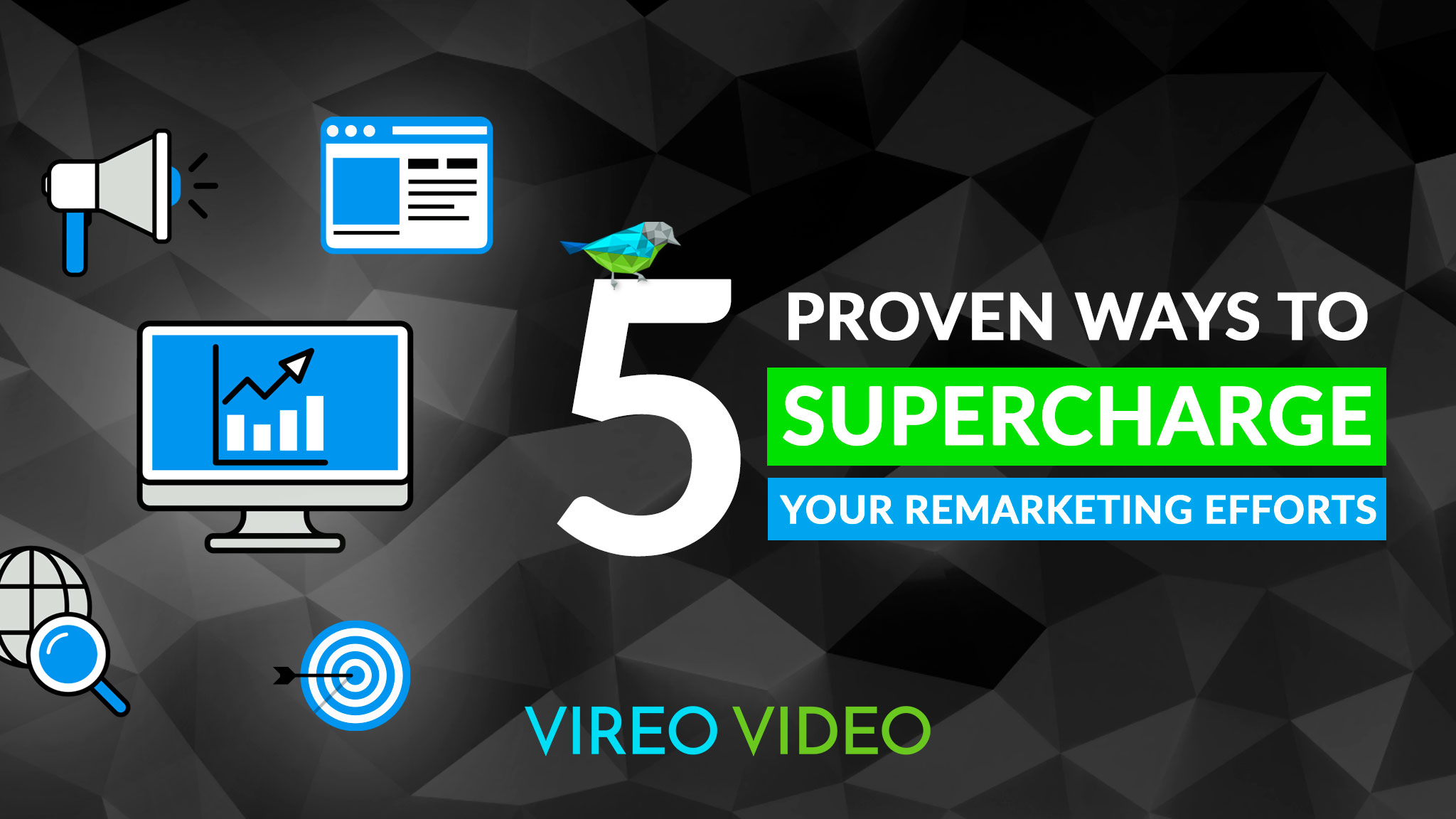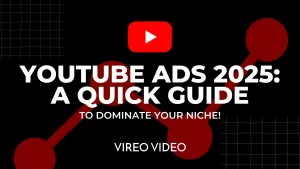One of the most effective ways to reach potential customers on YouTube is through remarketing. By targeting users who have already interacted with your brand or shown interest in your products or services, you can effectively showcase your message to a highly relevant audience. This approach can help you get the most out of your advertising budget and drive more conversions.
In this article, we’ll explore the power of YouTube remarketing and provide tips on how to effectively use it to boost your brand’s reach on the platform.
Looking to improve your YouTube Advertising results? We can help.
Jump to a section
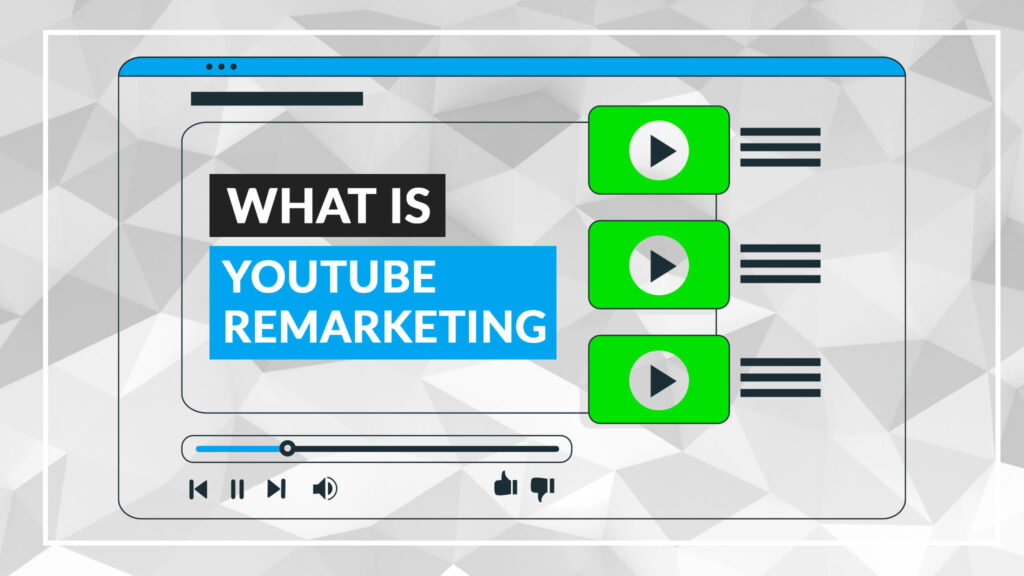
What is remarketing on YouTube
YouTube remarketing is a powerful targeting strategy. It allows advertisers to reach users who have already interacted with their brand on the platform. This can include users who have viewed their videos, subscribed to their channel, liked their content, or shared their videos.
Some key benefits of remarketing include:
- Cost savings
- Increased ad relevance
- Better engagement rates
- Ability to share customized messaging
By focusing on this highly relevant audience, advertisers can effectively showcase their message and drive more conversions. With YouTube remarketing, you can define the specific actions you want to target. Such as organic views or subscribers, to ensure you are reaching the right people. This targeted approach can help you get the most out of your advertising budget and drive greater results on YouTube.
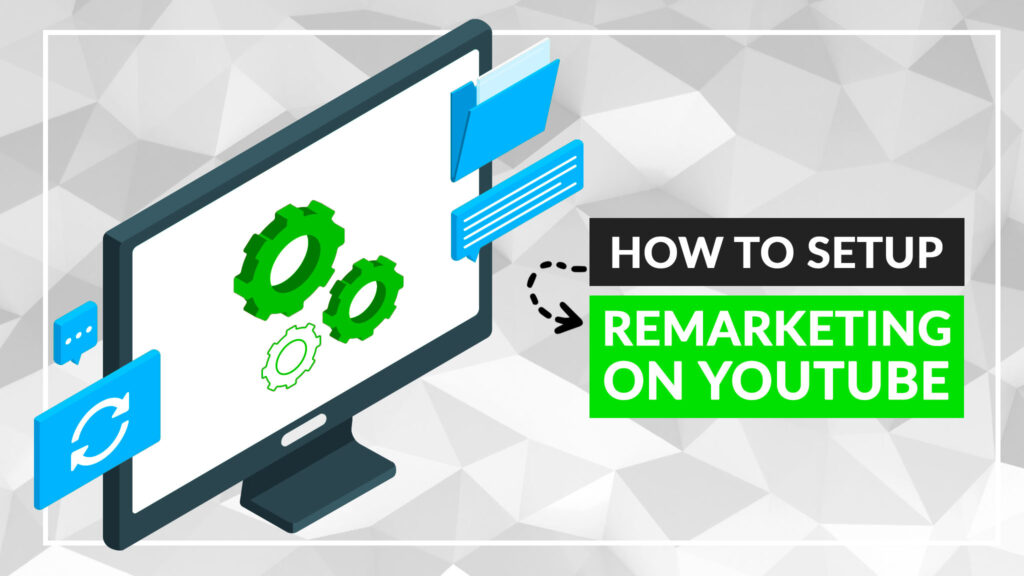
How to setup remarketing on YouTube
Before you can start a YouTube remarketing campaign, there’s a few important steps to take to ensure that your campaign is set up correctly. This type of remarketing involves data exchange between YouTube and Google Ads. So it’s important to make sure everything is linked and properly configured.
Here are the key prerequisites to keep in mind:
- Link your YouTube channels to your Google Ads account. This is the first step to ensure that your remarketing list is able to access the necessary data.
- Check if personalized ads are turned on in your YouTube account settings. If personalized ads are turned off, targeting viewers who interacted with your YouTube channel will not work.
- Make sure the list status is set to "open" and that you have a minimum of 1,000 active users on the list. We recommend starting a YouTube Remarketing campaign with at least 3,000 active users for the best results.
- Check if the YouTube channel and video content are marked as made for kids. Any videos marked as "made for Kids" or with sensitive content will not be eligible for YouTube Remarketing.
If you’re new to remarketing, it can be helpful to brush up on the basics before you get started. This article provides a good overview of the key concepts and steps involved in setting up for success.
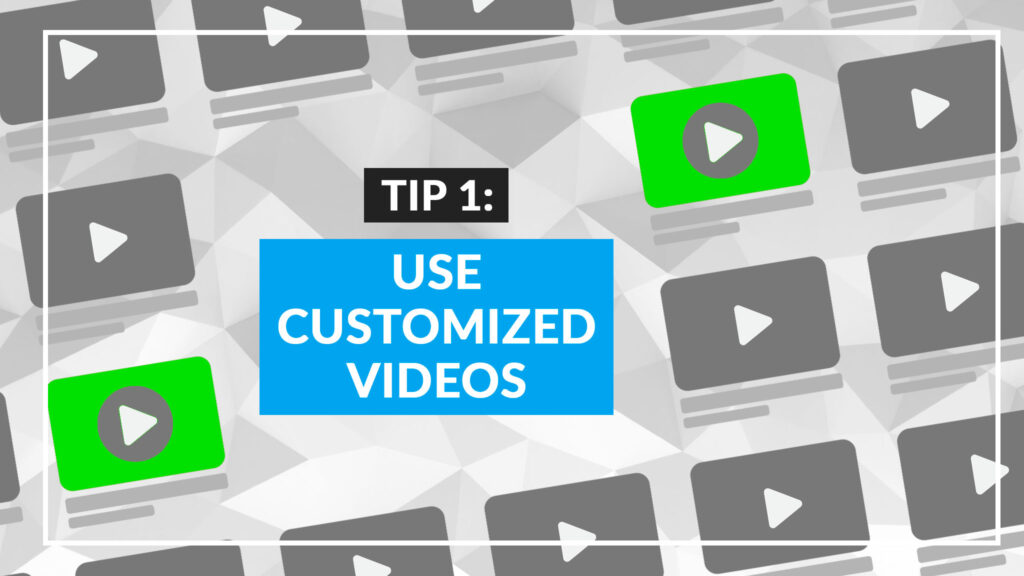
Tip 1 - Use customized videos
When it comes to creating your ad content for a YouTube remarketing campaign, it’s important to remember that your audience is already familiar with your brand. This means that you can use more specific and targeted messaging in your ads, as you already know that the viewers are interested in what you have to offer.
Since all of the members of your remarketing list have at least watched one of your videos (either organic or paid), offering the same content to them again in your remarketing campaign doesn’t really add any value. Instead, consider showing a fresh video ad that follows up, supports, or reinforces the messaging of your initial video ad. This can help to keep your audience engaged and increase the chances of a conversion.
Remember, the goal of YouTube Remarketing is to capitalize on the interest that viewers have already shown in your brand. By providing them with new and relevant content, you can keep them engaged and increase the likelihood of a conversion.
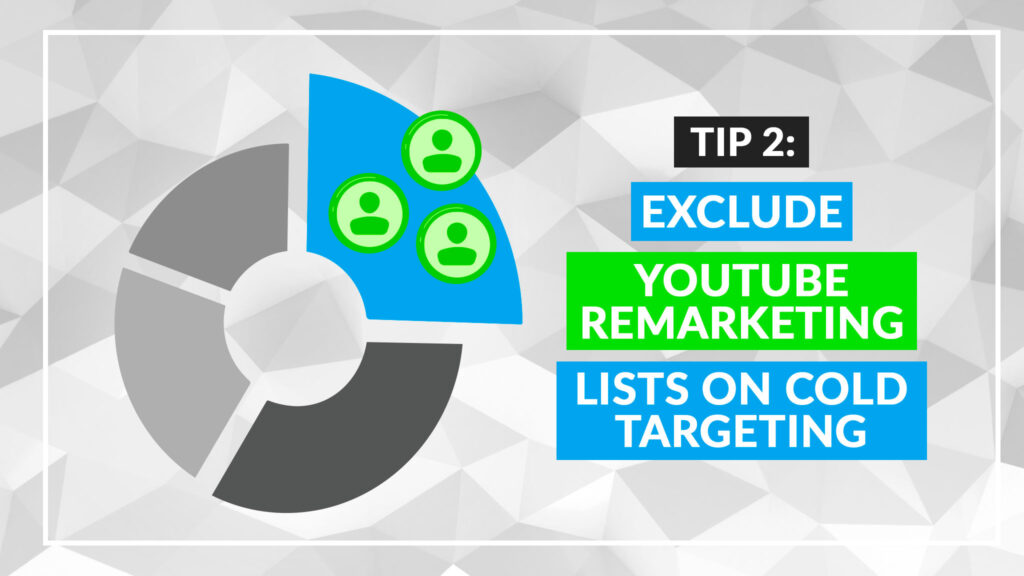
Tip 2 - Exclude YouTube remarketing lists on cold targeting
In order to maximize the effectiveness of your YouTube Remarketing campaign, it’s important to consider the audience funnels that you are targeting. Audience funnels can be classified as cold, warm, or hot, depending on the likelihood of a conversion or sale.
A cold audience is made up of people who haven’t seen or engaged with your content. A warm audience consists of people who have engaged with your content, visited your page, or watched your video. A hot audience is made up of people who have provided their contact details or signed your lead forms.
Efficiency is key when it comes to YouTube Remarketing. By showing the introductory video to cold audiences only and the remarketing video to warm/hot audiences, you can guarantee that first-time viewers will only see the video once. This will allow you to use specific messaging on both videos, capturing user interest and awareness with the introductory video and driving action with the remarketing video.
Excluding your remarketing lists from your cold targeting efforts can also help to ensure healthy growth of your remarketing list. In YouTube Remarketing, users are added to the remarketing list only once, regardless of how many times they have viewed a video or visited your channel. By excluding previous viewers of your introductory video, you can make sure that each view corresponds to one user being added to your remarketing list.
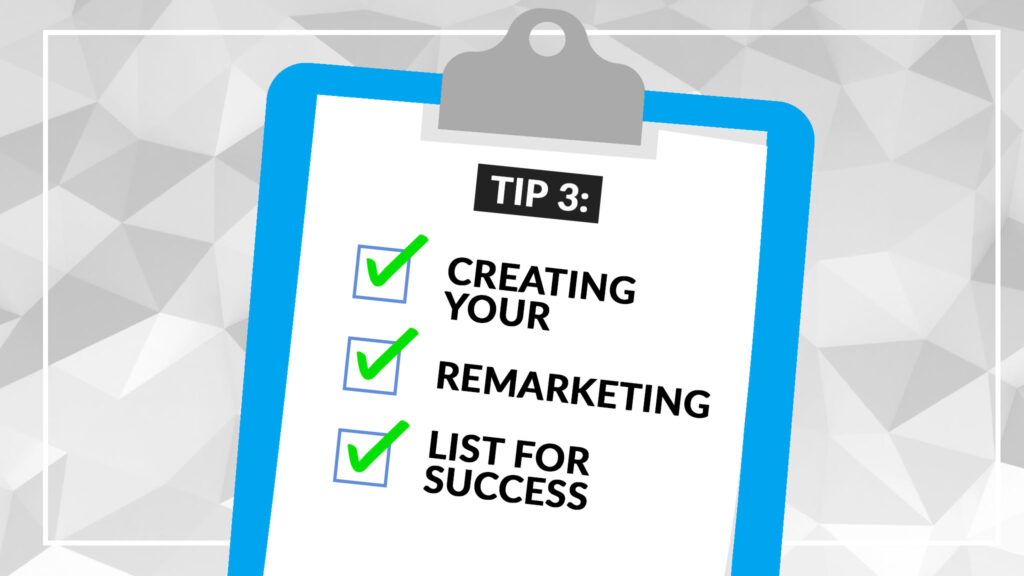
Tip 3 - Creating your remarketing list for success
It’s important to carefully consider the content and purpose of your remarketing list. By understanding the purpose of your remarketing campaign and being aware of how your remarketing list is built, you can ensure that you are showing relevant content to your audience.
One way to start building your remarketing list is to define the content of the video that will be used to populate the list. You can either use a general video or a specific video for this purpose.
General video seed
A general video seed is one that is mainly used to convey your brand, provide an overview of your products or services, establish your expertise or authority, or simply catch the viewer’s attention. This type of video may be useful for advertisers who don’t have immediate remarketing campaigns planned and just want to build a remarketing list for future use.
specific video seed
A specific video seed may be better suited to advertisers who have defined conversion funnels and want to collect warm audiences for more targeted content in their remarketing campaign. For example, a remarketing seed video could be used to build hype for an upcoming product launch, followed by a full product reveal and call-to-action messaging in the remarketing campaign.
Overall, carefully considering the content and purpose of your remarketing list can help to ensure the success of your YouTube remarketing campaign.
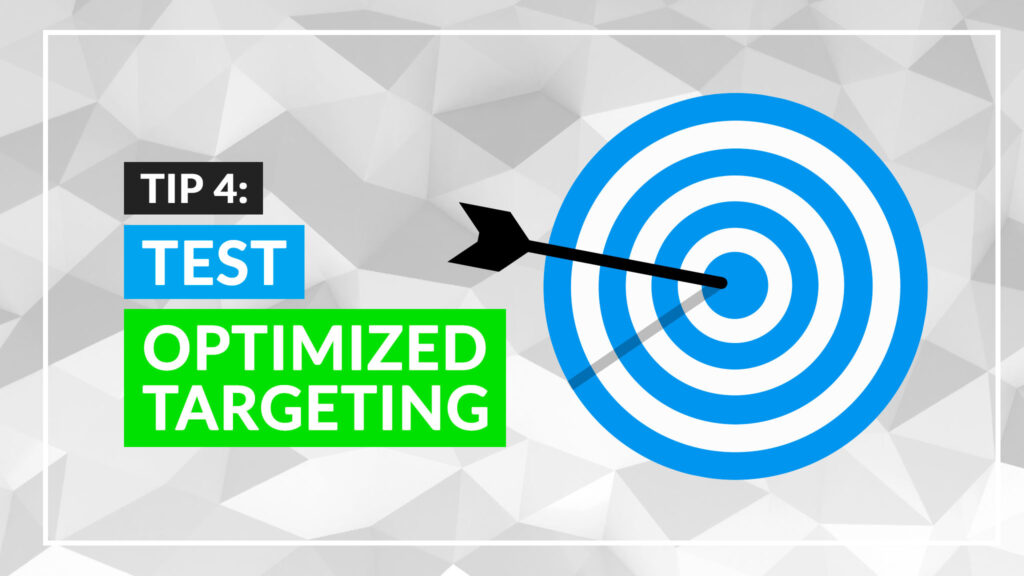
Tip 4 - Test optimized targeting
Optimized targeting is a powerful feature within Google Ads that can help to expand the reach of your campaigns and drive more conversions. This feature uses machine learning algorithms to create a profile of what a converter looks like based on real-time conversion data. This profile is then used to target users who are likely to convert, even if they fall outside of your defined targeting criteria.
While optimized targeting can be a useful tool, it is not always recommended for remarketing campaigns. However, for YouTube, the trend seems to be moving in the opposite direction. Based on our experience, turning on optimized targeting can lead to additional conversions and even lower cost per conversion.
If you’re use optimized targeting, it’s important to test it and monitor the results closely. This will help you to determine whether it is a good fit for your specific advertising goals.
Two sample campaign results below:
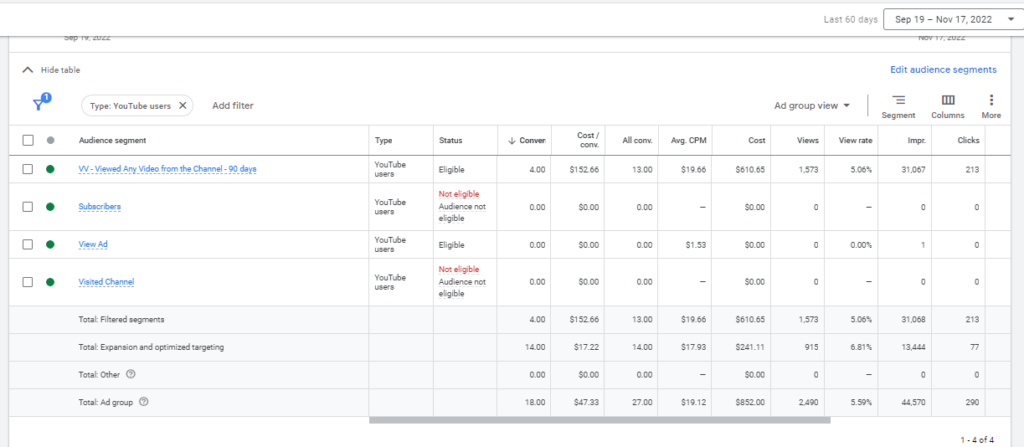
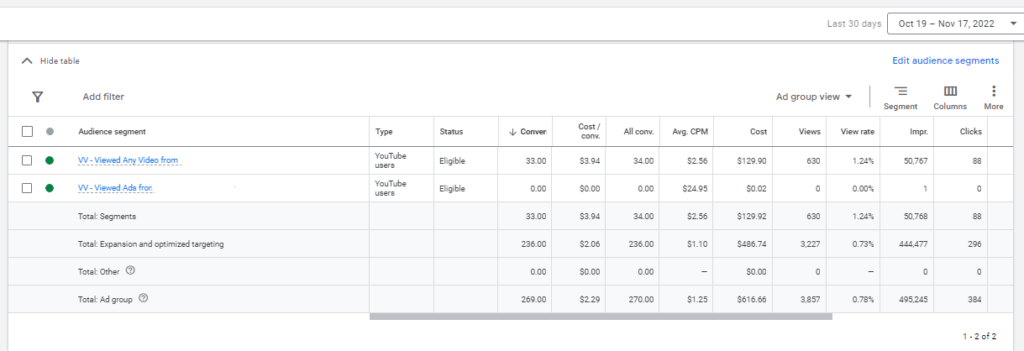
This is a relatively new trend that we have discovered through testing and experimentation. While we have seen consistent results over the past few months, we still recommend caution when trying out this strategy. It may make sense to start with a smaller budget to test before increasing your investment. If you would like to learn more about optimized targeting, check out this article for more information.
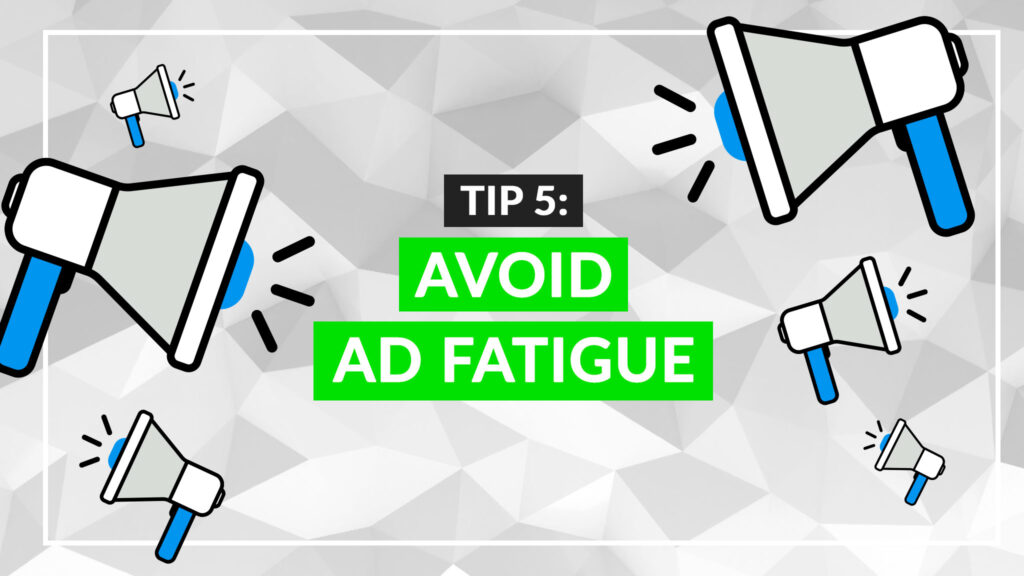
Tip 5 - Avoid ad fatigue
One potential downside of using YouTube Remarketing is the risk of ad fatigue. This is when your audience sees your ads so often that they become bored with them and stop paying attention. This can make your campaigns less effective and prevent users from moving down the sales funnel. Fortunately, there are ways to recognize if ad fatigue has become a factor in your remarketing campaign.
Here are a few key signs to look out for:
- Declining view rate and increasing impression frequency per user: View rate is a good indicator of ad engagement. If you see a steady decline in view rate over time, coupled with an increase in the average impression frequency per user, this is a strong sign of ad fatigue. This means that you are showing your ads so often to the same users that they simply skip the ads when they see them.
- Lower impressions: User engagement is one of the factors that Google Ads uses to determine which ads get impressions in the ad auction. If users are not engaging with your ads (e.g., through lower view rates, clicks, or watch times), this can decrease your ad's chances of winning in the auction, leading to fewer impressions.
If you suspect that ad fatigue is becoming a problem in your remarketing campaign, there are a few steps you can take:
Keep growing your remarketing list
One way to avoid ad fatigue is to keep your remarketing list size healthy. This will ensure that you have a large enough audience to show your ads to. As a result, this reduces the likelihood of users seeing the same ads over and over again.
Implement Frequency Capping
This is a setting that allows you to limit how many times a user sees your ads within a certain time frame. You can set frequency caps on a daily, weekly, or monthly basis, using either views or impressions. By limiting the number of times that users see your ads, you can limit ad fatigue.
Create new ads or re-edit existing ads
Running the same ads over long periods of time can contribute to ad fatigue, especially in remarketing campaigns. If creating entirely new ads is not feasible, consider making some edits to your existing ads from time to time. This can help to keep your ads fresh and interesting.
Overall, ad fatigue can be a problem in YouTube remarketing campaigns, but there are steps you can take to minimize its impact and ensure that your campaigns remain effective. By keeping your remarketing list size healthy, implementing frequency capping, and refreshing your creative, you can help to prevent ad fatigue and keep your campaigns performing well.
Conclusion
In this article, we shared 5 proven ways to supercharge your YouTube remarketing efforts, including using customized videos, excluding YouTube remarketing lists on cold targeting, creating your remarketing list for success, testing optimized targeting, and avoiding ad fatigue.
As with most, if not all, paid advertising campaigns, achieving success requires constant monitoring, testing, and data analysis. By staying on top of your campaign and making adjustments based on data and performance, you can get the most out of your YouTube remarketing efforts and drive better results for your business.
If you have any questions about YouTube advertising, remarketing or the platform in general, we are always here to help! We offer free consultations which you can sign up for on our contact page. Happy remarketing, and we’ll see you on the next post!


